Author Guidelines
Welcome to Peertechz Publications! We are committed to fostering high-quality research and disseminating knowledge through our open-access journals. The Author Guidelines have been meticulously crafted to help authors understand the requirements for manuscript preparation and submission. By following these guidelines, authors can ensure a smooth submission and review process while adhering to ethical publishing standards.
1. General Article Preparation Guidelines
Manuscripts submitted to Peertechz Publications must follow a standardized structure to ensure consistency and quality. Authors should present their work in clear, professional language, and manuscripts must be written in English. If authors are not native English speakers, they are encouraged to seek professional language editing services before submission.
Manuscripts should include the following sections:
- Title Page: The title page must include the full manuscript title, names and affiliations of all authors, and the corresponding author’s contact information (email and phone number). The title should be concise yet descriptive, capturing the essence of the research.
- Abstract: An abstract is a brief summary (150–250 words) that highlights the purpose, methodology, significant findings, and conclusions of the research. The abstract should be written in a way that is understandable to both specialists and non-specialists.
- Keywords: Provide 4–6 relevant keywords to facilitate indexing and search engine optimization.
- Main Text: Organize the main text into clear, logical sections such as Introduction, Methods, Results, Discussion, and Conclusion. Subheadings can be used within these sections for further clarity.
- Tables and Figures: Include tables and figures to present data succinctly. All tables and figures should have descriptive captions and be referenced in the main text.
- References: Ensure all references are cited in the text and formatted consistently according to the journal’s citation style (i.e. Modified NLM citation style).
Formatting requirements include double-spacing,
a standard font (e.g., Times New Roman, 12pt), and page numbering. Manuscripts
should be submitted in editable file formats (e.g., Microsoft Word).
Authors should avoid submitting previously published work unless it is part of a larger, original study with proper attribution. Plagiarism checks will be conducted using tools like iThenticate, and any manuscripts with significant overlap with published work will be rejected.
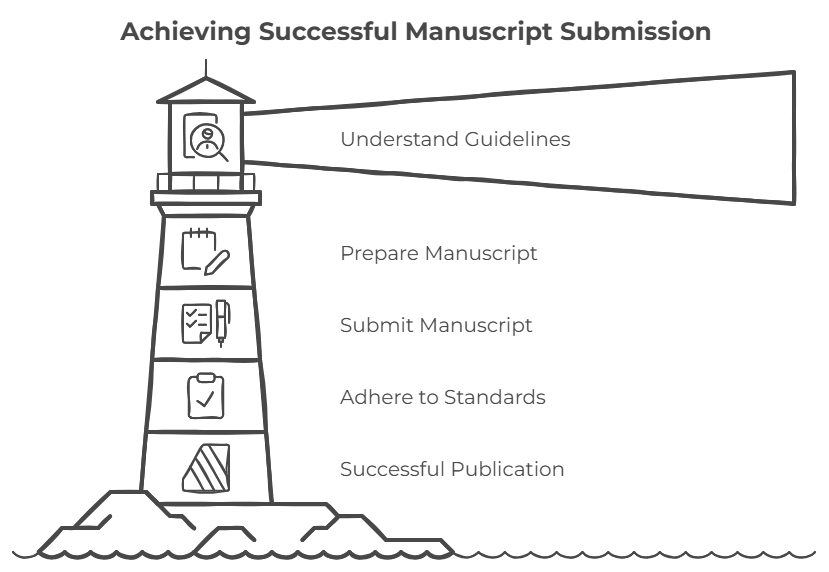
Main types of articles and their template download links:
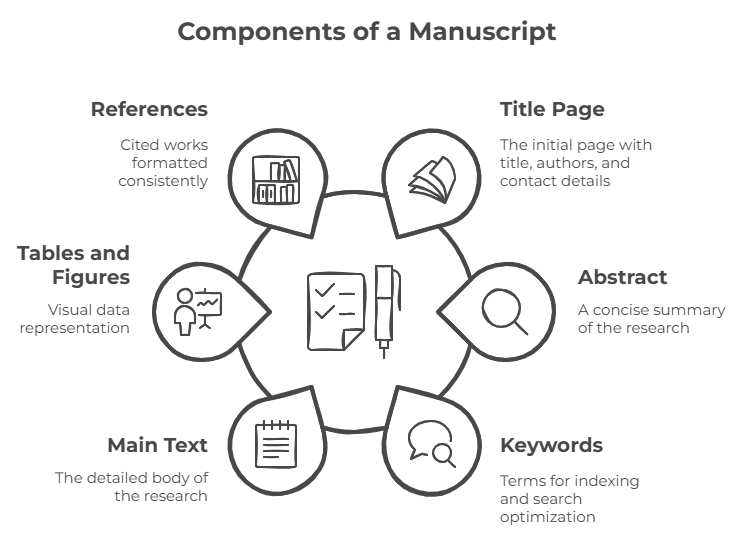
2. Research Article Preparation Guidelines
Research
articles form the cornerstone of academic publishing. They present original
findings from empirical studies and contribute to the body of knowledge within
a specific field. At Peertechz Publications, research articles must adhere to
the following guidelines:
- Scope: The research should address relevant questions or hypotheses in the field, employ robust methodologies, and provide significant insights.
- Structure: Research articles should include:
- Introduction: Clearly state the
research problem, objectives, and relevance.
- Methods: Provide detailed
descriptions of the experimental or analytical methods used, including
sample size, data collection techniques, and statistical analyses.
- Results: Present findings in a
clear and concise manner, supported by tables, graphs, and charts as
needed.
- Discussion: Interpret the results
in the context of existing literature, highlighting their implications
and limitations.
- Conclusion: Summarize the main
findings and suggest areas for future research.
- Introduction: Clearly state the
research problem, objectives, and relevance.
- Length: Research articles should
not exceed 5000 words, excluding references, tables, and figures.
- Formatting: Manuscripts must be double-spaced, with 1-inch margins on all sides and numbered pages.
- Submission Template: Authors are encouraged to use the Research Article Template provided on our website to streamline the submission process.
Additionally, ensure that ethical considerations are addressed, including obtaining Institutional Review Board (IRB) approval for studies involving human or animal subjects. Research involving sensitive data must adhere to privacy regulations such as GDPR.
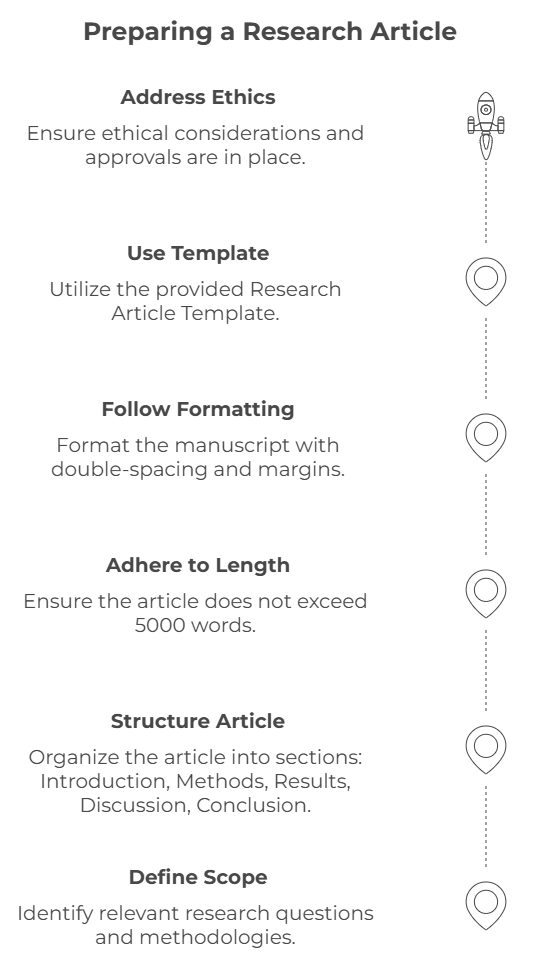
3. Review Articles
Review articles provide a comprehensive
synthesis of the existing literature on a specific topic. They critically
analyze current knowledge, identify gaps, and propose directions for future
research. At Peertechz Publications, review articles are highly valued for
their ability to provide a broad perspective and set the stage for new
investigations.
- Scope: Topics for review articles should be relevant to the journal’s focus and appeal to a broad readership. Authors are encouraged to select emerging or highly debated topics.
- Structure: Review articles should include:
- Abstract (Not Mandatory): A concise summary of the review’s purpose, scope, and key findings.
- Introduction: Outline the importance of the topic, objectives of the review, and criteria for literature selection.
- Body: Divide the content into thematic sections, each addressing specific aspects of the topic. Use subheadings for clarity.
- Conclusion: Summarize the key
takeaways and provide recommendations for future research.
- Length: Review articles should not exceed 7000 words, excluding references.
- References: Include a comprehensive list of references, ensuring accurate citation of all sources.
Authors should strive for a balanced and objective analysis, avoiding personal bias. Plagiarism and excessive self-citation are strictly prohibited.
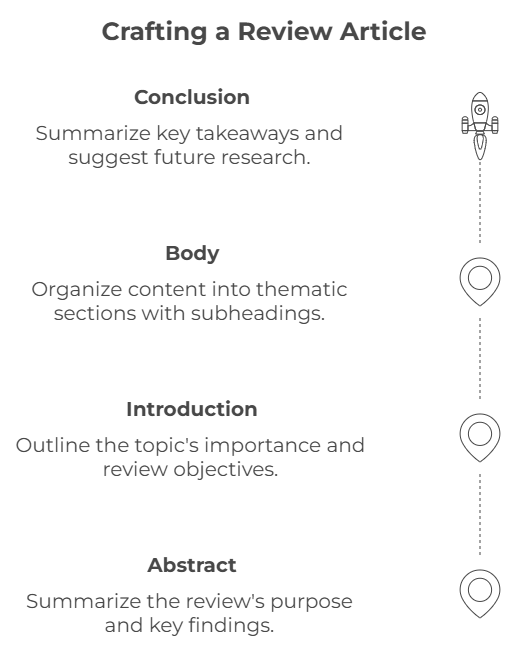
4. Case Reports
Case reports highlight unique or rare clinical cases that offer valuable lessons for practitioners. These reports often describe unusual presentations, innovative treatments, or unexpected outcomes.
- Scope: Case reports should be novel and provide insights into patient care, diagnosis, or treatment.
- Structure: Include the following sections:
- Abstract: Summarize the case, its
significance, and conclusions.
- Introduction: Describe the
background and relevance of the case.
- Case Presentation: Detail the patient’s history, symptoms, diagnosis, treatment, and follow-up.
- Discussion: Interpret the findings and compare them with existing literature.
- Conclusion: Highlight the implications of the case and lessons learned.
- Length: Case reports should not exceed 2000 words.
- Template
Download: Authors can use
the Case
Report Template for formatting.
All case reports must include written consent from the patient or their legal guardian for publication.
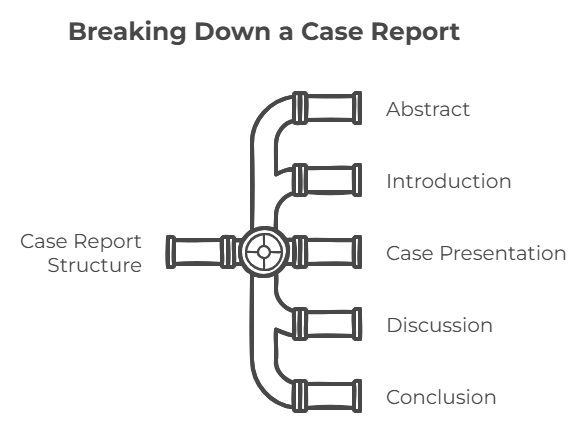
5. Short Communications
Short communications are brief reports that present significant findings in a concise format. These articles are ideal for preliminary studies, single experiments, or small-scale research that provides valuable insights.
- Scope: Short communications should address innovative ideas, novel findings, or preliminary research that warrants further investigation. They are designed to quickly disseminate findings of importance to the academic and professional community.
- Structure: Include the following:
- Abstract: Provide a concise
summary (100–150 words) of the key findings.
- Introduction: Introduce the
problem or research question and its relevance.
- Methods: Describe the methodology
briefly but sufficiently to allow replication.
- Results
and Discussion: Combine
these sections to present and interpret findings in a streamlined manner.
- Conclusion: Summarize the main outcomes and their implications.
- Length: Maximum of 1500 words,
including references, with up to two figures or tables.
- Formatting: Follow the journal’s
style guide, with references formatted appropriately.
- Submission
Template: Authors can
download the Short Communication Template.
Short communications are reviewed as rigorously as full-length articles to maintain high-quality standards.

6. Editorials
Editorials offer authors the opportunity to provide commentary or insight on a specific topic within the journal’s scope. They are often invited contributions but may also be submitted unsolicited.
- Scope: Editorials should present opinions, commentaries on emerging trends, or responses to previously published articles. They may also highlight significant issues or controversies in the field.
- Structure:
- Introduction: Outline
the focus of the editorial and its relevance.
- Main Body: Provide a detailed discussion of the topic, presenting a balanced argument.
- Conclusion: Summarize the key message and call to action, if applicable.
- Length: Editorials should not
exceed 1000 words.
- References: Include a limited
number of references (no more than 10) to support key points.
Authors are encouraged to maintain a professional tone and avoid personal attacks or unfounded claims.
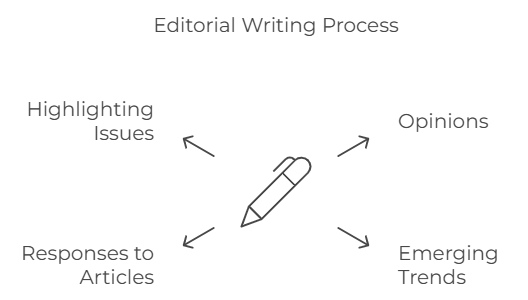
7. Letters to the Editor
Editorials offer authors the opportunity to provide commentary or insight on a specific topic within the journal’s scope. They are often invited contributions but may also be submitted unsolicited.
- Scope: Letters should address specific aspects of a published article or discuss current issues within the journal’s scope. Authors should focus on constructive and evidence-based arguments.
- Structure:
- Introduction: Briefly state the
purpose of the letter.
- Main Content: Provide the commentary or critique, supported by evidence.
- Conclusion: Offer final remarks or suggestions.
- Introduction: Briefly state the
purpose of the letter.
- Length: Letters should be concise, with a maximum of 750 words and up to five references.
- Formatting: Follow the journal’s style guide.
All letters are reviewed by the editorial board to ensure they contribute constructively to the scholarly conversation.
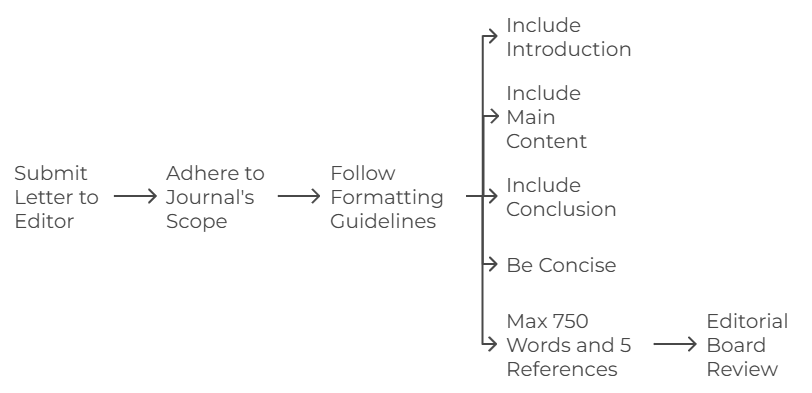
8. Clinical Images
Clinical images submissions focus on presenting visually compelling cases that offer educational value to practitioners, researchers, and students.
- Scope: Submissions should include
high-quality images depicting rare or interesting clinical findings.
Accompanying text should explain the significance of the image and its
clinical context.
- Structure:
- Title: A descriptive title for the
image.
- Caption: A brief explanation
(150–200 words) of the image, including patient history and diagnosis.
- Consent: Include written consent
from the patient or their legal representative.
- Length: No more than 200 words for the text accompanying the image.
- Formatting: Ensure images are of high resolution and adhere to the journal’s submission requirements.
These submissions are reviewed for
accuracy, relevance, and ethical compliance.

9. Ethical Considerations
Peertechz Publications is committed to upholding the highest ethical standards in publishing. Authors must ensure their work complies with ethical guidelines for research and publication.
- Plagiarism: All manuscripts are
screened for plagiarism using iThenticate. Submissions with significant
overlap with published work will be rejected.
- Human and Animal Rights: Research
involving humans or animals must have prior approval from an appropriate
ethics committee. A statement of ethical compliance should be included in
the manuscript.
- Conflict of Interest: Authors must
disclose any financial or personal relationships that could influence the
research.
- Informed Consent: For studies
involving human participants, authors must confirm that informed consent
was obtained.
Failure to adhere to ethical guidelines may
result in rejection or retraction of the manuscript.
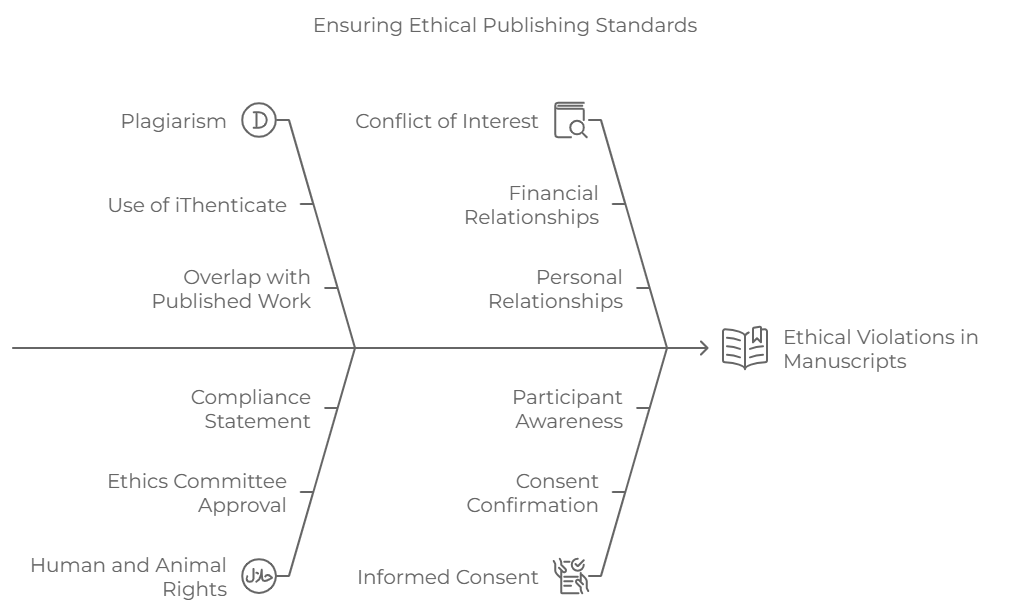
10. Submission Process
Submitting a manuscript to Peertechz Publications is a straightforward process. Authors are encouraged to follow the steps below to ensure a seamless experience:
- Prepare Your Manuscript: Follow the
detailed guidelines provided for your article type. Ensure your manuscript
is formatted correctly and complies with ethical standards.
- Online Submission System: Submit
your manuscript via the online submission portal.
You will need to create an account or log in to your existing account.
- Track Your Submission: Once submitted, you can track the status of your manuscript through the author portal.
- Editorial Review: Your manuscript will undergo an initial review for compliance with journal guidelines, followed by a peer-review process.
- Decision Notification: Authors will be notified of the editorial decision, along with reviewers’ comments and suggestions.
For any technical issues during submission,
authors can contact the editorial team at
[insert email/contact information].
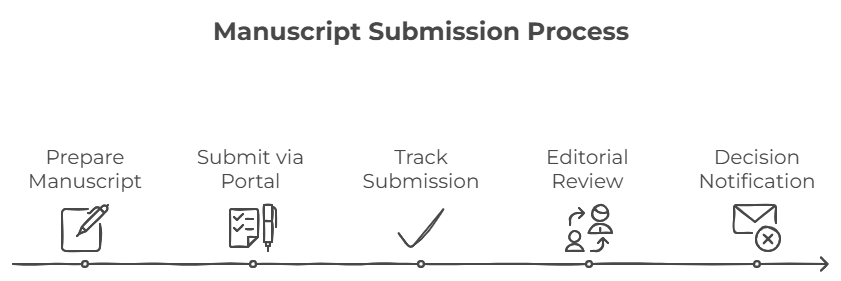











 NIH Funded Articles
NIH Funded Articles

